Space Tourism & Space Travel - How Far Off Are We?
SpaceShipOne test pilot Mike Melvill
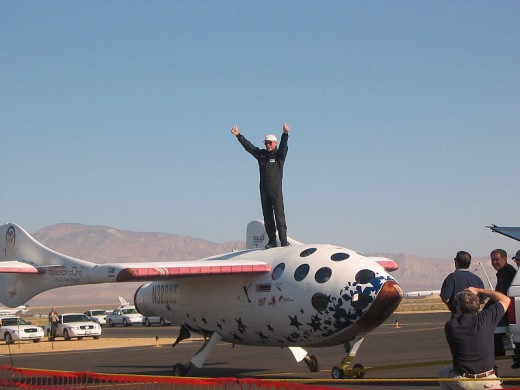
Development of Space Tourism
There was very little known about space tourism until the late 1900s with a major impact on the media developing about five years ago. Space shuttle launches have always caued a media frenzy, however, and more and more commercial space enterprises have recently developed, largely in part due to the excess prize amounts given by the Ansari X Prize to stimulate private sectors. But it is nothing new to mankind, who have had a long-time love affair with outer space exploration - going to the Moon and Mars. Space travel for the public sector is the hot thing in the world for those who can and cannot afford it.
The Ansari X Prize was a $10 million dollar plus award in which the X PRIZE Foundation sought the first NGO (non-government organization) able to launch a reusable manned spacecraft into space. The goal had to achieved not once, but twice within a two week timeframe. This mimicked the 1919 contest of the $25,000 Orteig Prize, originated by another hotel man, Raymond Orteig, to a pilot who could fly "non-stop" from New York to Paris. As we all know, Charles Lindbergh won it in 1927.
The prize was actually won on October 4, 2004, (which was a signifcant date because it was also coincidentally the 47th anniversary of the Sputnik 1 launch), by the Tier One project designed by Burt Rutan and financed by Microsoft co-founder Paul Allen, using the experimental spaceplane SpaceShipOne. $10 million was awarded to the winner, but more than $100 million was invested in new technologies in pursuit of the prize.
Another such prize going on at the present time is the Google Lunar X PRIZE, listed by Google as "a $30 million competition for the 1st privately funded team to send a robot to the moon, travel 500 meters and transmit video, images and data back to the Earth. The prize requires that each team is 90% privately funded with a deadline of December 31, 2010 to register for the competition."
Considered a class in itself, the Ansari X Prize has the ability of "framing a challenge" and then providing some sort of stimulus for the solution. Google's stimulus will award the first team to land on the moon and complete its objectives $20 million dollars, available until December 31, 2012. From that moment on, the prize amount will drop--first prize will be $15 million, the second team which can accomplish this will receive $5 million with another $5 million in bonus prizes. The absolute final deadline for the competition is December 31, 2014.
Recently, Robert Bigelow has announced his company would be moving ahead with the launching of the Sundancer module space hotel due to dramatically rising costs and a strong desire to test some ground systems. This aircraft is the first module built by Bigelow that is capable of manned operations, able to support one to three crew members for mission durations of varying lengths. The Sundancer will be the backbone for the "first commercial space station of 2010" which follows unmanned missions of Genesis I and Genesis II that still continue to verify different systems for Bigelow's future commercial space habitats, or international space stations.

Part of this $75 million dollar outlay is the Genesis-1, a pathfinder demonstrator spacecraft that is just one single step toward the completion of the long-term vision of this man--that of building and orbiting space structures for public and commercial usage in outer space.
Robert Bigelow and Bigelow Aerospace
When the phrase "space tourism" is brought up, immediately the name of Robert Bigelow comes to mind over everyone else. A powerful and rich man who is responsible for Bigelow Aerospace in Nevada and owns the Budget Suites of America Hotel Chain, Bigelow is the number one visionary who is planning to develop the next-generation of space tourism complexes, opening up his version of humanity's final frontier for private and commercial sectors with expandable space station modules.
Space Modules and the Space Tourist Business
The two dozen companies that were literally racing to develop space tourism a couple of years ago were considered an elusive club, planning to ferry only the excessive rich people off of Earth. Today it looks as if regular tourists will be onboard sooner than expected, which is a flexible date always dependent on the approval of the federal regulators. But in comparison to the space race between Russia and the United States, the rich entrepreneurs of the world are now competing into space tourism for the average person, with space historian Andrew Chaikin stating, "This time, it's personal. This space race is about getting 'us' into space ... I've been hoping and dreaming all my life to go into space. Now I actually have a shot of doing it."
Space Tourism - Russia
With such a large increase in numbers of developing commercial enterprises, never mind NASA - space tourism has become "ho-hum". Events publicizing space tourism have seemed of little significance with so much media and research publications activity. But Bigelow has had huge success this year with the launching of the Genesis 2, a prototype for their future commercial space stations while in Earth orbit. Genesis I was launched in July of 2006 and is still able to operate. With his new plans to move ahead sooner than expected, Bigelow has stated that "...the future of entrepreneurial, private sector-driven space habitats and complexes could be arriving much earlier than any of us had previously anticipated."
Bigelow had originally apportioned $500 million for Bigelow Aerospace, which will offer a space habitat of 180 cubic meters, orbit maneuverability, three windows for each member, and attitude control while charging $8 million per week--while a stay at the International Space Station by another space tourist company will cost $20 million. Looks as if the competition is in full swing to win space tourists.
Virgin Galactic offerings...
Presently over 16 private sector companies are in the business of space tourism, with many having competed for the Ansari X Prize. Some examples of these major companies are:
- Armadillo Aerospace
- Benson Dream Chaser
- Bigelow Sundancer
- Blue Origin Project
- CSI Lunar Express
- EADS Astrium
- PlanetSpace
- Rocketplane XP
- Space Adventures
- Starchaser Thunderstar
- Virgin Galactic
With industries such as these, words like launching vehicles, habitats, hotels, planes, spacewalks, sports, and zero gravity become competitive issues with each other in regard to pricing and comfort levels, yet able to maintain a certain degree of excitement and entertainment.
Dennis Tito
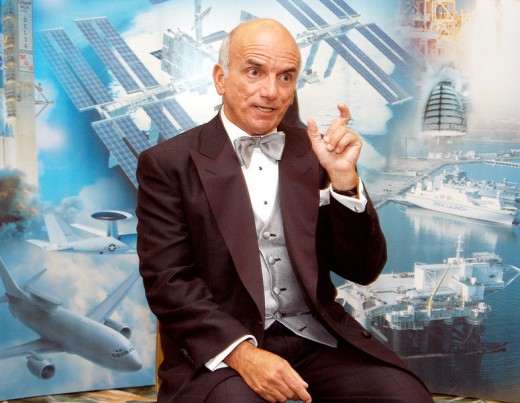
Space Tourists to Date #1 - Dennis Tito
April 2001 - Russian Soyuz TM-32 to the Intrnational Space Station (ISS)
Dennis Tito became the first official space tourist in history, paying $20,000 ticket for the flight. The media dubbed him a space tourist, although Tito doesn't like being called this.
Mark Shuttleworth
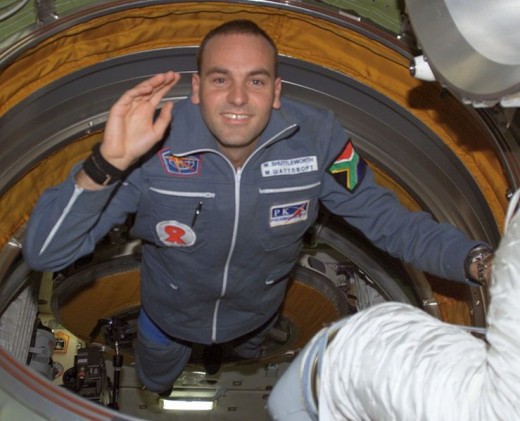
Space Tourists to Date #2 - Mark Shuttleworth
25 April 2002 Russian Soyuz TM34 to the International Space Station (ISS)
Mark Shuttleworth was the second paying space tourist, and the first American one. He made his fortune in the 1990s as an Internet tycoon. It is rpeorted he paid Space Adventures $20 million for the flight (bit of a price increase).
Greg Olsen
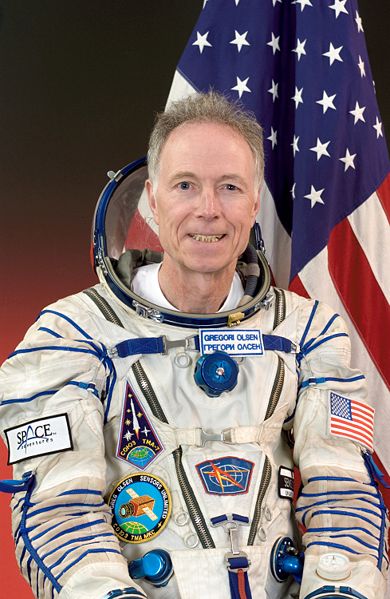
Space Tourists to Date #3 - Greg Olsen
1 October 2005 Russian SoyuzTMA-7 to the ISS
American millionaire entrepreneur Greg Olsen was the third paying space tourist for an estimated $20 million.
Anousheh Ansari
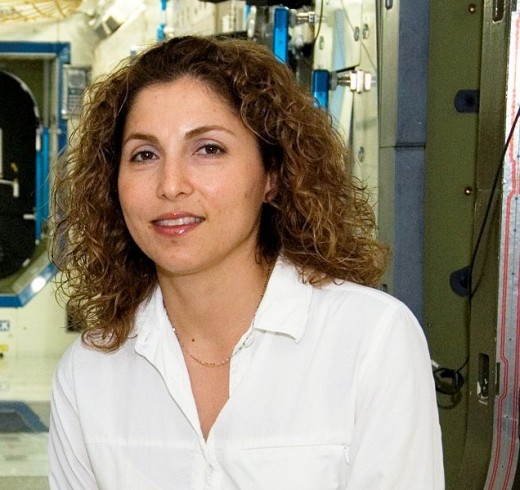
Space Tourists to Date #4 - Anousheh Ansari
9 September 2006 Russian Soyuz TMA-9
Anousheh Ansari was the first female space tourist. Iranian-born U. S. citizen Ansari and her family were the largest financial donors to the X-prize for space tourism and hence the Anasari X-prize name.
Charles Simonyi
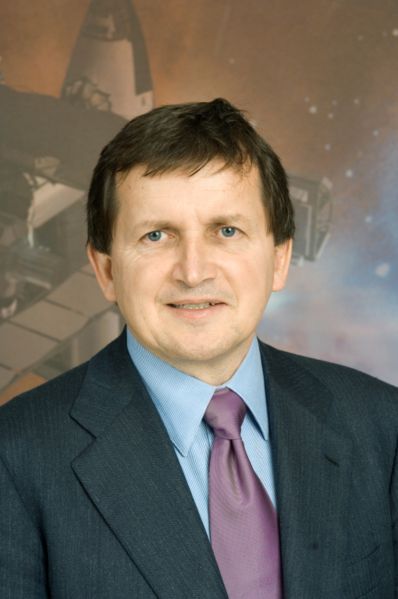
Space Tourists to Date #5 - Charles Simonyi
7 April Expedition 15 to ISS
Charles Simonyi was the fifth space tourist and suffered a price increase to an alleged $25 million.
Space Habitats
Orbital colonies are called many things by many people--space settlements, space habitats, or space colonies--but all based on an idea for alternative dwellings for humanity. Serving as permanent settlements in an area that involves an ecosystem similar to that of Earth, it is one developed where people from Earth could raise their families and work together. Two developments are that of the Bernal sphere and that of the Stanford Torus, with each habitat designs using entirely different methods of environmental living. The Bernal Sphere design is one mile in circumference, and will house 10,000 people. Meanwhile, the Stanford Torus seems to have been designed like a donut, also housing about 10,000 permanet residents. This particular design rotates once per minute to provide gravity on the inside of the outer ring.
Launch vehicles
Reusable launch vehicles are considered a very recent development within the space program, with their development beginning back when manned flights required a new set of spacecraft and gear during each mission. And then another era of reusable launch vehicles developed with the Space Shuttles, except for the area which houses the rocket propellants. With the crew bay reusable, it takes approximately eight weeks to prepare the rest for another mission at a cost of roughly $20 thousand dollars per kilogram as compared to lower prices for expendable launchers. The Virgin Galactic is looking at private space travel and a reliable, reusable launch vehicles, one of the companies planning on launching into outer space by the early part of 2009.
Space Hotels
Space hotels are considered the most highly anticipated space industry at the present time in orbital tourism. Running from $8 to $20 million per week, it still is keeping the average person at bay. Three things are drawing people to space--the view of Earth, weightlessness, and spacewalks--with their desires being fanned by the media and the space tourism industry. So far, the overall space hotels are being composed of detachable components which can be connected to different aspects of the existing structure. Rotating space module hotels attract new customers even more, as the view aspect is the greatest draw of this industry with spacewalks considered the second attraction.
Spacewalks
The spacewalk seems to draw people the most for some reason or another, with very people actually being able to go due to the high cost of the trip. One particular space tourism package deal offers a space travel trip up to ten days, but if spacewalks are included, then another eight days would be added. Those who are planning to travel in space will be required to go through a rigorous 6-month training program before going. Spacewalks will require another month of training, with a focus on mental and emotional readiness.
Other (cheaper) opportunites to go into space...
This hub brought to you...
by Julie-Ann Amos, professional writer, and owner of international writing agency www.ExquisiteWriting.com
Why not create your own HubPages? It's fun and you can make revenue from Adsense and other revenue streams on your pages. JOIN HUBPAGES NOW
This work is licenced under the Creative Commons Attribution-Non-Commercial-No Derivative Works 3.0 Unported License. To view a copy of this licence, visit http://creativecommons.org/licenses/by-nc-nd/3.0/ or send a letter to Creative Commons, 171 Second Street, Suite 300, San Francisco, California 94105, USA.








